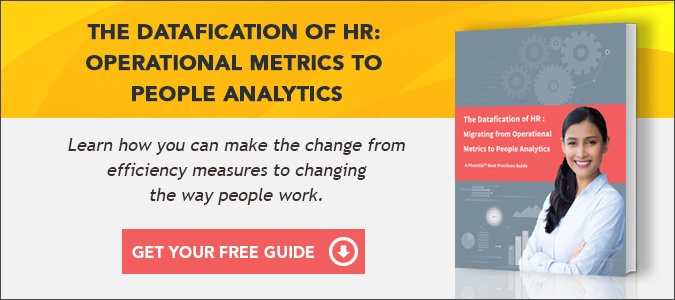
Human capital management functions that operate independently of each other make creating and executing a unified workforce strategy difficult. Disconnected talent management applications only make it worse. Even if you only consider administrative burdens, it adds up to a lot of wasted effort.
- Work takes longer because people must use two or more applications to complete a single set of tasks.
- Single tasks take longer because users must key in information that already exists in another application.
- Your data errors keep growing as people make clerical mistakes.
The Real Cost of Lack of Integration
Those costs can be significant, but the most important issue disconnected platforms can cause is that decision makers don’t have the information they need to make well-informed choices. The cost can be enormous in lost opportunities, lost talent, and lost revenue.
How Did We Get Here?
The reasons why you might find yourself operating in technology silos are many. Maybe you couldn’t tolerate the weaknesses in one application or another in the “full suites” you reviewed. Budget constraints may have dictated a piecemeal approach to modernization. Perhaps you pursued a best of breed strategy to get the best functionality possible.
The result is the same. You end up with disconnected technology, or you have an unmanageable array of point-to-point integrations.
If you have managed to optimize your separate systems into a unified human capital management function, we applaud you and hope you are sharing with your colleagues how you did it.
If you haven’t, it might be time to take a fresh look at your approach to integration.
Integration Strategy
The process and methods of integration management are a standardized part of data governance, but the strategy will be unique to your organization. What is important is that you manage it and that your integration strategy supports your business objectives.
We suggest a decision-oriented approach to connecting applications, and that means removing barriers to the information the user needs at the moment of decision.
The correct approach for your organization may be centralized data in your core HCM or ERP, or it may be a data warehouse. If you have limited needs, ad hoc tables for reporting may be the answer. A detailed analysis of your current situation and strategy will guide the way.
We can recommend a few principles to keep your efforts on track.
- Use visual tools for analysis. Map your technology, network, and data flow, and make it available for your entire team to view together. We grasp complex ideas much better visually than in narrative form.
- Use the fewest number of integration platforms possible. One approach might be middleware. Balance the cost of middleware against the cost and effort of managing the integration tools your vendors provide.
- Standardize your protocols, security, and methods.
- Create reusable cross-platform components and document them well.
Well-managed integrations will do more than streamline your operations and lower your costs. It will enable your entire organization to make better decisions at every level.
PhenomᵉCloud is a comprehensive technology solutions provider committed to empowering businesses to overcome challenges, enhance their workforce capabilities, and achieve superior outcomes.


Leave a Comment